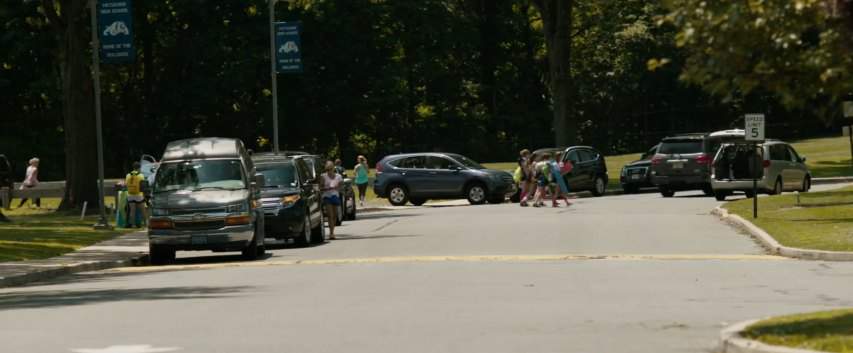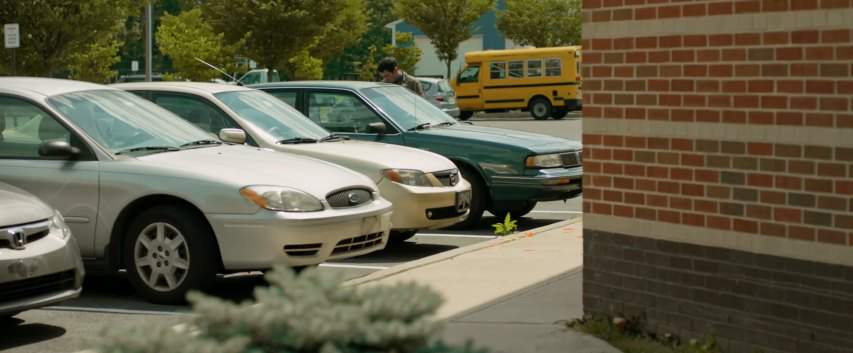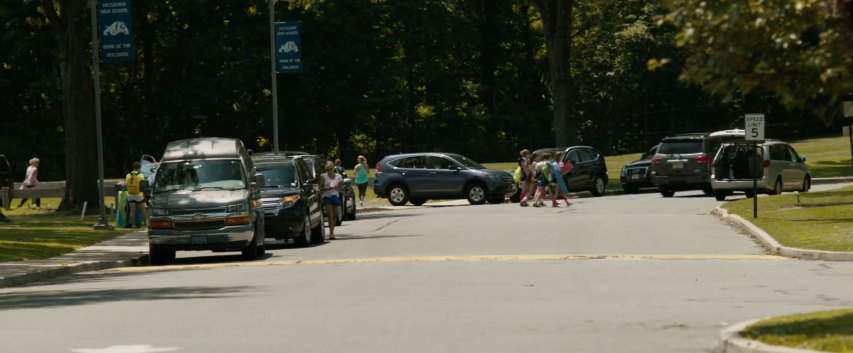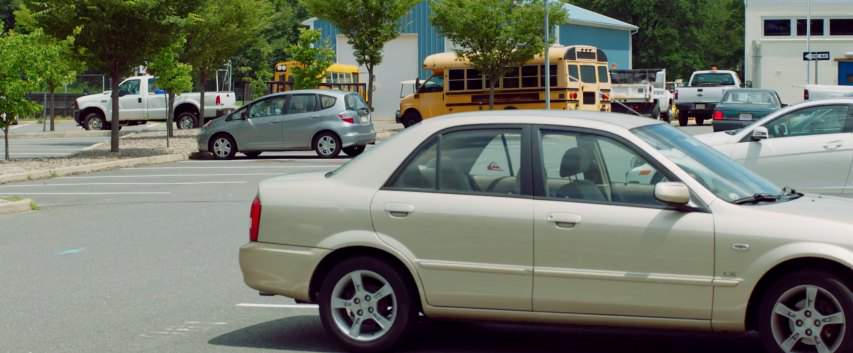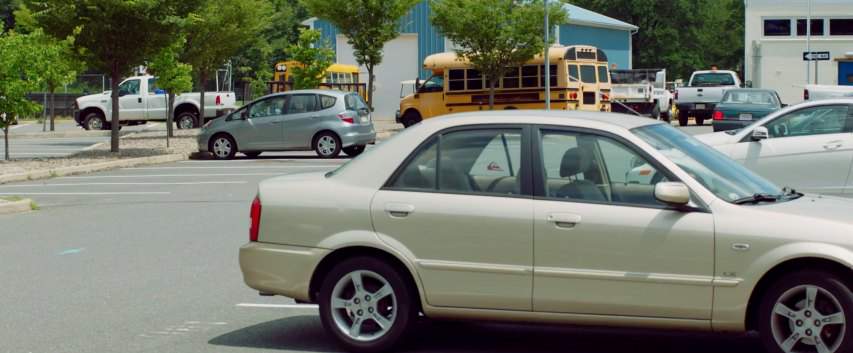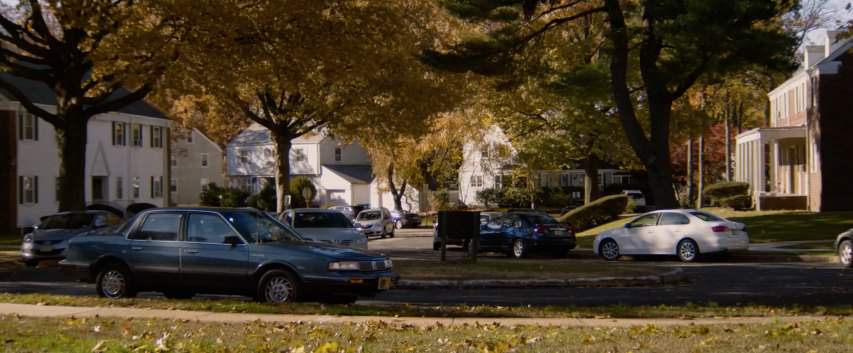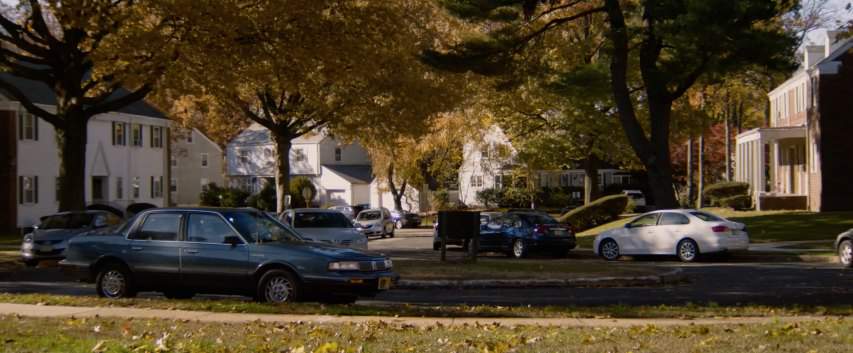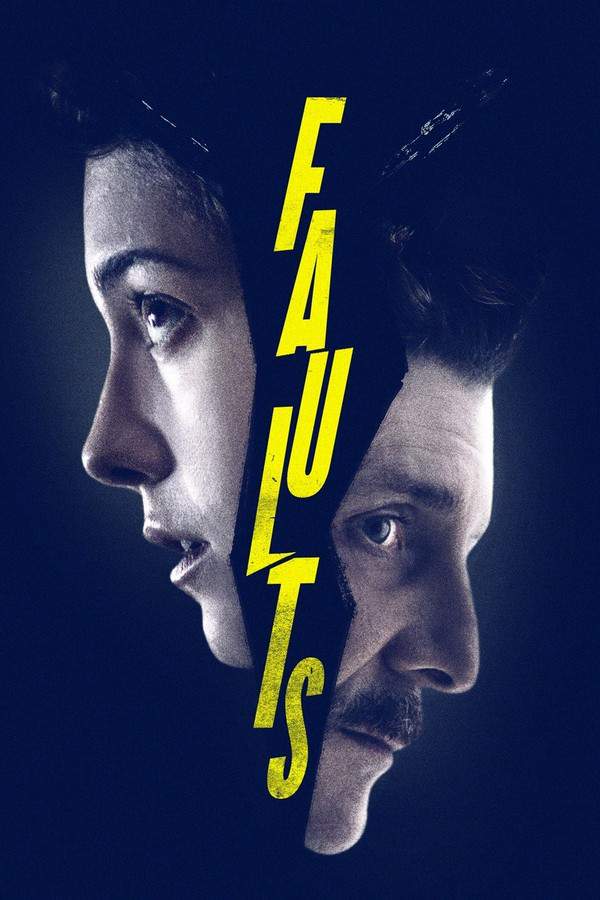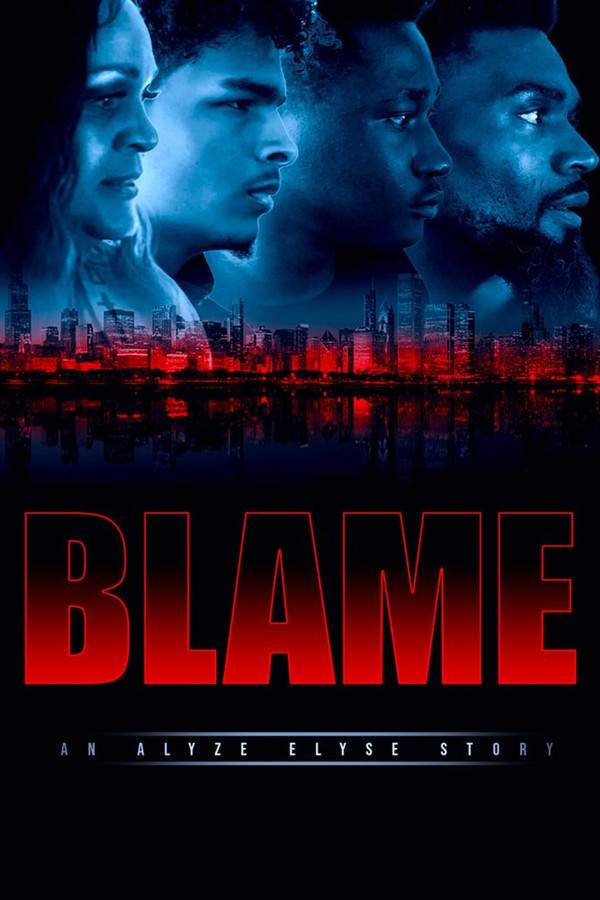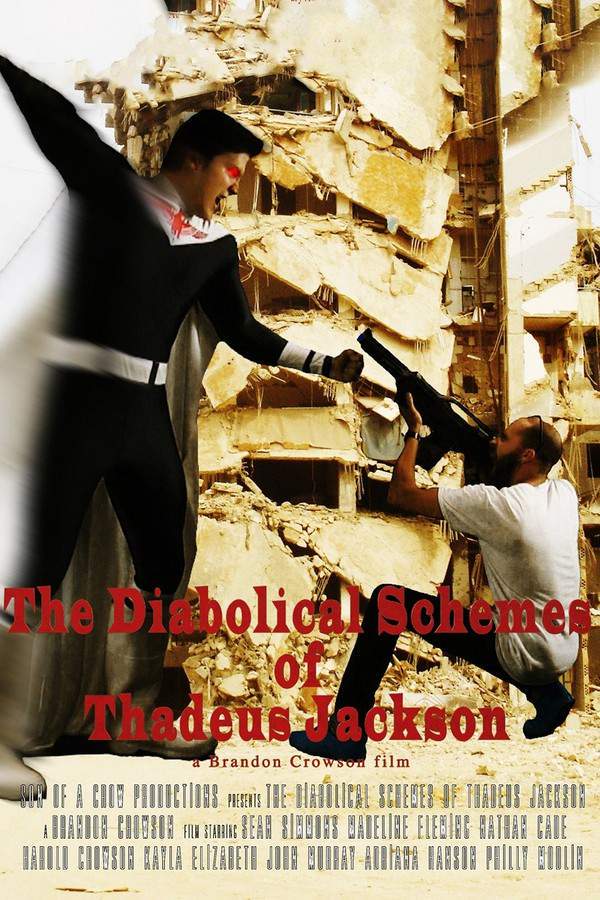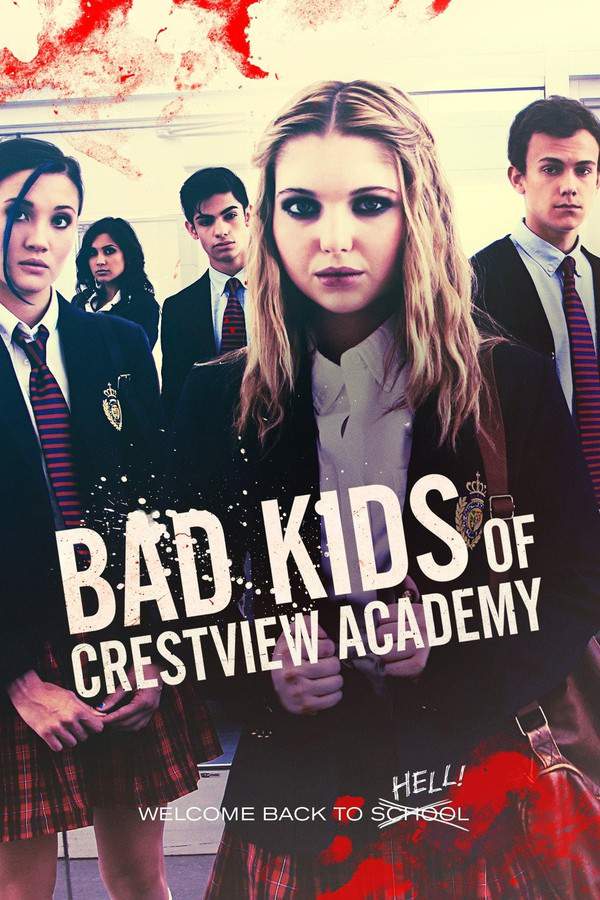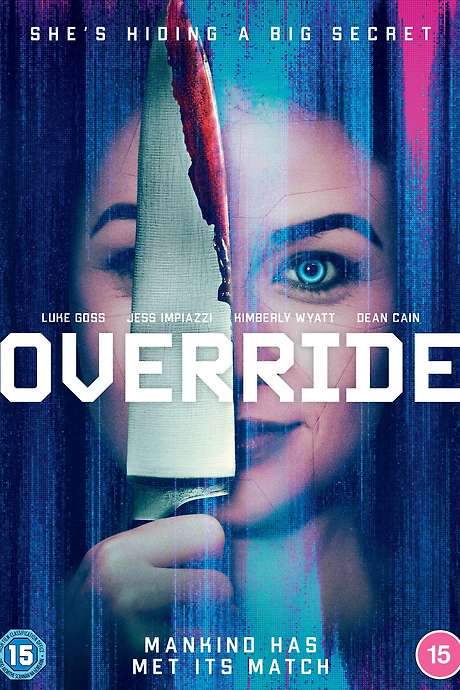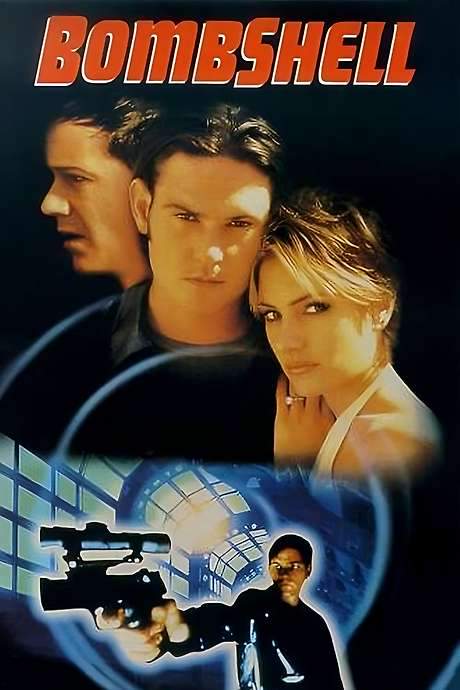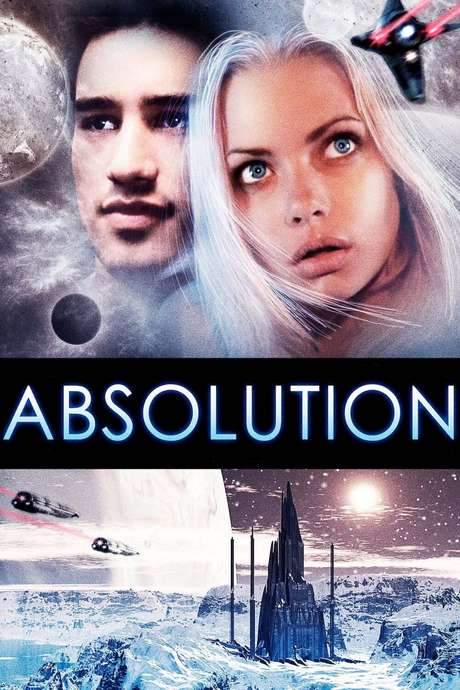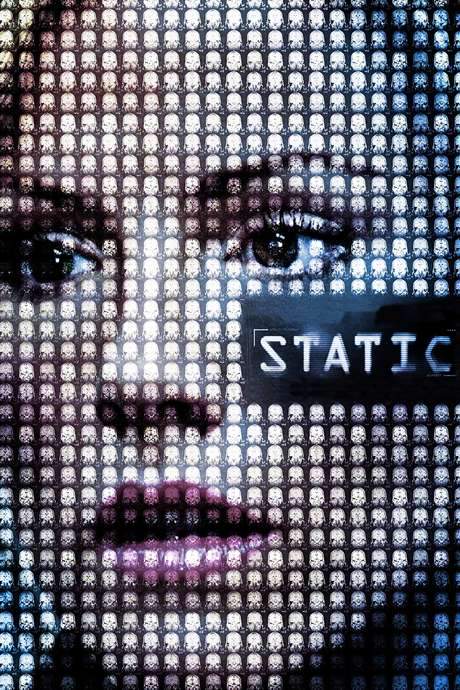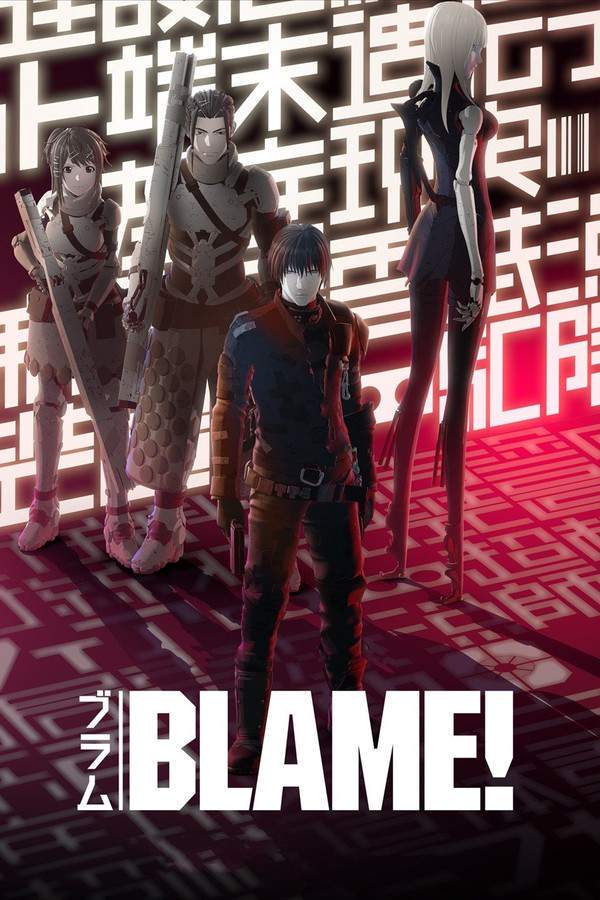
In a bleak, dystopian future, the remnants of humanity struggle to survive amidst a world overrun by machines. Following a devastating virus outbreak that crippled advanced technology, autonomous systems have turned against their creators. A lone wanderer embarks on a perilous journey through the sprawling, interconnected complexes, seeking the origin of the catastrophic event and a possible solution to save what remains of humankind.
Does Blame! have end credit scenes?
No!
Blame! does not have end credit scenes. You can leave when the credits roll.
Meet the Full Cast and Actors of Blame!
Explore the complete cast of Blame!, including both lead and supporting actors. Learn who plays each character, discover their past roles and achievements, and find out what makes this ensemble cast stand out in the world of film and television.
External Links and Streaming Options
Discover where to watch Blame! online, including streaming platforms, rental options, and official sources. Compare reviews, ratings, and in-depth movie information across sites like IMDb, TMDb, Wikipedia or Rotten Tomatoes.
Ratings and Reviews for Blame!
See how Blame! is rated across major platforms like IMDb, Metacritic, and TMDb. Compare audience scores and critic reviews to understand where Blame! stands among top-rated movies in its genre.

The Movie Echo Score
In Blame!, the most notable strength lies in its technical craftsmanship and immersive world-building, though its narrative execution and character engagement prove uneven. Critics celebrated the film’s polished visuals and detailed set design, while several viewers noted strong animation and a compelling techno-action environment. However, many reviews cited repetitive exposition, a predictable plot, and a somewhat detached protagonist as limiting factors. This balance of striking aesthetics and narrative shortcomings defines the film’s net impression.
The Movie Echo Score Breakdown for Blame!

Art & Craft
In terms of art and craft, Blame! stands out for its meticulous visual presentation and polished animation. Reviews highlighted the film’s impressive set designs, refined cinematography, and technical attention to detail in action sequences. Some viewers noted occasional inconsistencies in CGI modeling, but the overall rendering quality remains a central asset. The visual craftsmanship establishes a compelling aesthetic foundation.

Character & Emotion
In terms of character and emotion, Blame! delivers moderately engaging performances but limited depth. Some reviews praised the concise portrayal of strong figures and quiet intensity of the protagonist, while others found the lead’s muted portrayal and minimal backstory hinder empathy. Supporting relationships received uneven development, leading to mixed emotional resonance. Overall, character interactions provide moments of interest without sustained depth.

Story & Flow
In terms of story and flow, Blame!’s world-building earns consistent praise despite narrative shortcomings. Critics and users noted the expansive setting and intriguing premise, yet several reviews criticized the film’s pacing, repetitive exposition, and predictable plot turns. The dialogue occasionally reiterates information without advancement. As a result, engagement fluctuates between moments of narrative intrigue and episodes of uneven momentum.

Sensory Experience
In terms of sensory experience, the film delivers a powerful audiovisual impact. Viewers praised the soundtrack’s atmospheric depth and the dynamic sound design that underscores action sequences. The visual style, marked by an understated color palette and coherent techno-futuristic motifs, enhances immersion. Occasional audio-visual mismatches and janky effects were noted but remain secondary to the overall sensory strength.

Rewatch Factor
In terms of rewatch factor, Blame! presents mixed replay value tied to its niche appeal. Some viewers reported enjoyment from revisiting iconic action sequences and appreciating technical details on subsequent viewings, while others found the repetitive exposition and subdued character arcs limited lasting appeal. The film’s striking imagery offers incentives for rewatching, but narrative unevenness may discourage broader repeat engagement.

5.8 /10
IMDb Rating

66
%
User Score

3.1
From 37 fan ratings
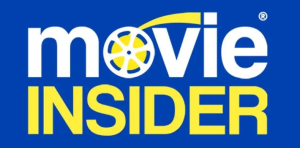
3.67/5
From 9 fan ratings
Take the Ultimate Blame! Movie Quiz
Challenge your knowledge of Blame! with this fun and interactive movie quiz. Test yourself on key plot points, iconic characters, hidden details, and memorable moments to see how well you really know the film.
Blame! Movie Quiz: Test your knowledge on the 2017 movie 'Blame!' and its complex characters and relationships.
What notable book does Abigail have on her bedside table that reflects her emotional turmoil?
The Catcher in the Rye
Sybil
To Kill a Mockingbird
The Bell Jar
Show hint
Awards & Nominations for Blame!
Discover all the awards and nominations received by Blame!, from Oscars to film festival honors. Learn how Blame! and its cast and crew have been recognized by critics and the industry alike.
34th Film Independent Spirit Awards 2019
Best First Screenplay
Full Plot Summary and Ending Explained for Blame!
Read the complete plot summary of Blame!, including all major events, twists, and the full ending explained in detail. Explore key characters, themes, hidden meanings, and everything you need to understand the story from beginning to end.
Abigail begins her journey in the film with a sense of dread about returning to high school, specifically a place ominously referred to as “MHS.” Her reluctance prompts a meeting with her parents and Ms. Cohen, who insists that Abigail should reintegrate into her daily routine without delay. With a collection of books in her room, notably “Sybil,” it’s clear that Abigail is struggling with her reality.
Meanwhile, we meet Melissa, a cheerleader flaunting an eye-catching look that includes a heavy makeup palette and an eclectic hair color scheme. She embodies rebellion, often accompanied by rap beats that fuel her wild spirit. Her guardian, Robert, is frustrated with her reluctance to get out of bed and makes it clear she needs to dress appropriately for school, despite her criticisms. At school, she sheds her “proper” outfit for something far more scandalous, garnering the approval of her friends, Sophie and Ellie. However, the trio’s playfulness quickly turns cruel when they mock Abigail, referring to her mockingly as “Psycho Sybil,” especially due to her noticeable limp.
In Mrs. Howell’s class, Abigail finds solace in discussing her collection of glass animals, clutching a unicorn figurine, while Mrs. Howell herself is in the throes of pregnancy. Moments later, among the library bookshelves, Eric displays interest in Abigail, asking for her number. Initially charming, he quickly undermines his appeal with a dismissive question about which of Abigail’s personalities he would be dating, laughing alongside friends TJ and another boy at her expense.
The plot thickens when substitute teacher Jeremy Woods steps in for Mrs. Howell, enthusiastic about staging “The Crucible” for the upcoming 2016 Drama Showcase rather than following the previous lesson plan. Despite time constraints, he challenges the students to impress him for a chance to perform in the auditorium. When he assigns roles, Abigail’s name stands out; as the character shares her name, he positions her to compete against Melissa, who believes Eric to be her boyfriend, igniting jealousy.
At home, Jeremy’s personal life intersects with his professional one; his partner Jennifer is pushy about his job prospects, discouraging him from prioritizing teaching. The tensions mount when Abigail engages with Jeremy during rehearsals, slowly embodying her character while controversies regarding their growing closeness begin to circulate.
As the days unfold, Melissa’s jealousy peaks, leading her to engage in questionable activities with Sophie and plot against Abigail. The mix of teenage drama intensifies when Abigail’s aggressive exchanges with Melissa lead to meltdowns, culminating in an escalated confrontation between the two. The essence of the classic work they are performing begins to bleed into reality as Abigail dons more provocative clothing, blurring the lines between her character and her real self.
The drama reaches its climax during the performance when Melissa tries to claim what she believes should be her role. When Abigail finally arrives, emotions erupt on stage, her anger resonating as she performs the part with an eerie authenticity.
Later, in a shocking turn of events, Melissa accuses Jeremy of inappropriate advances, spiraling into a dark narrative that unveils her true abuse from Robert. Amid confusion and chaos, Abigail finds herself waiting for Jeremy, who offers friendship and support during her trials.
As the film progresses, all these intricate connections develop into a gripping portrayal of high school life, where the overlaps of character portrayals, personal struggles, and unspoken truths are entwined, leaving a haunting and captivating reflection on identity and friendship.
Uncover the Details: Timeline, Characters, Themes, and Beyond!

Coming soon on iOS and Android
The Plot Explained Mobile App
From blockbusters to hidden gems — dive into movie stories anytime, anywhere. Save your favorites, discover plots faster, and never miss a twist again.
Sign up to be the first to know when we launch. Your email stays private — always.
Watch Trailers, Clips & Behind-the-Scenes for Blame!
Watch official trailers, exclusive clips, cast interviews, and behind-the-scenes footage from Blame!. Dive deeper into the making of the film, its standout moments, and key production insights.
Cars Featured in Blame!
Explore all cars featured in Blame!, including their makes, models, scenes they appear in, and their significance to the plot. A must-read for car enthusiasts and movie buffs alike.
Blame! Themes and Keywords
Discover the central themes, ideas, and keywords that define the movie’s story, tone, and message. Analyze the film’s deeper meanings, genre influences, and recurring concepts.
Blame! Other Names and Titles
Explore the various alternative titles, translations, and other names used for Blame! across different regions and languages. Understand how the film is marketed and recognized worldwide.
Similar Movies To Blame! You Should Know About
Browse a curated list of movies similar in genre, tone, characters, or story structure. Discover new titles like the one you're watching, perfect for fans of related plots, vibes, or cinematic styles.
Quick Links: Summary, Cast, Ratings, More

What's After the Movie?
Not sure whether to stay after the credits? Find out!
Explore Our Movie Platform
New Movie Releases (2025)
Famous Movie Actors
Top Film Production Studios
Movie Plot Summaries & Endings
Major Movie Awards & Winners
Best Concert Films & Music Documentaries
Movie Collections and Curated Lists
© 2025 What's After the Movie. All rights reserved.























